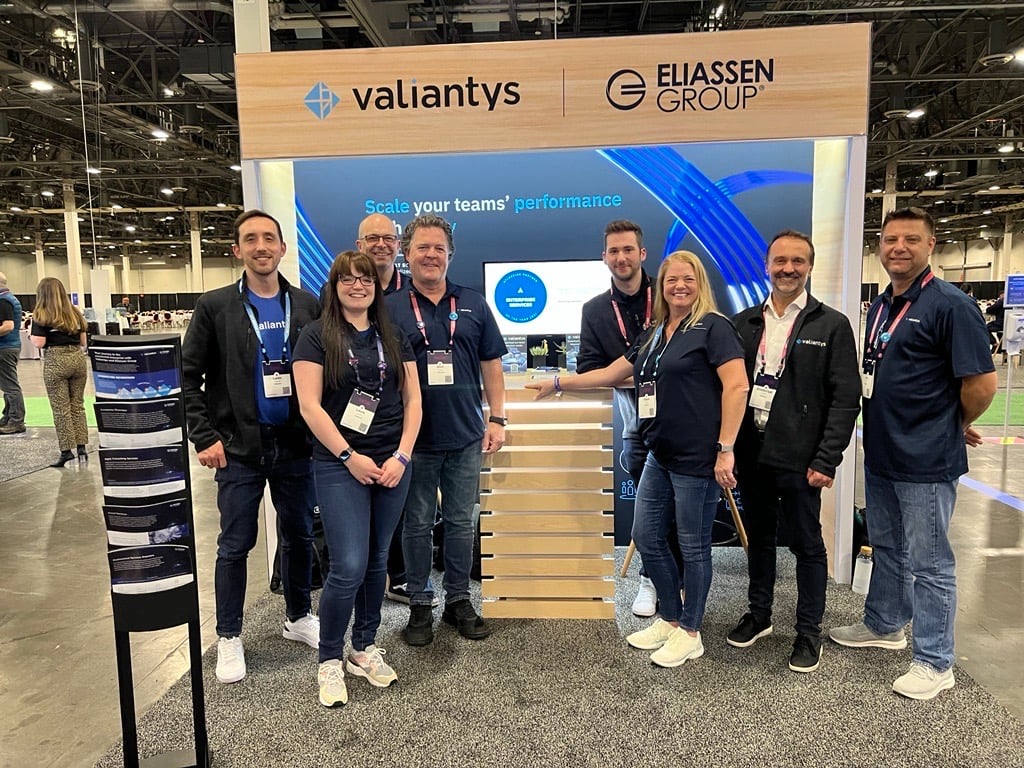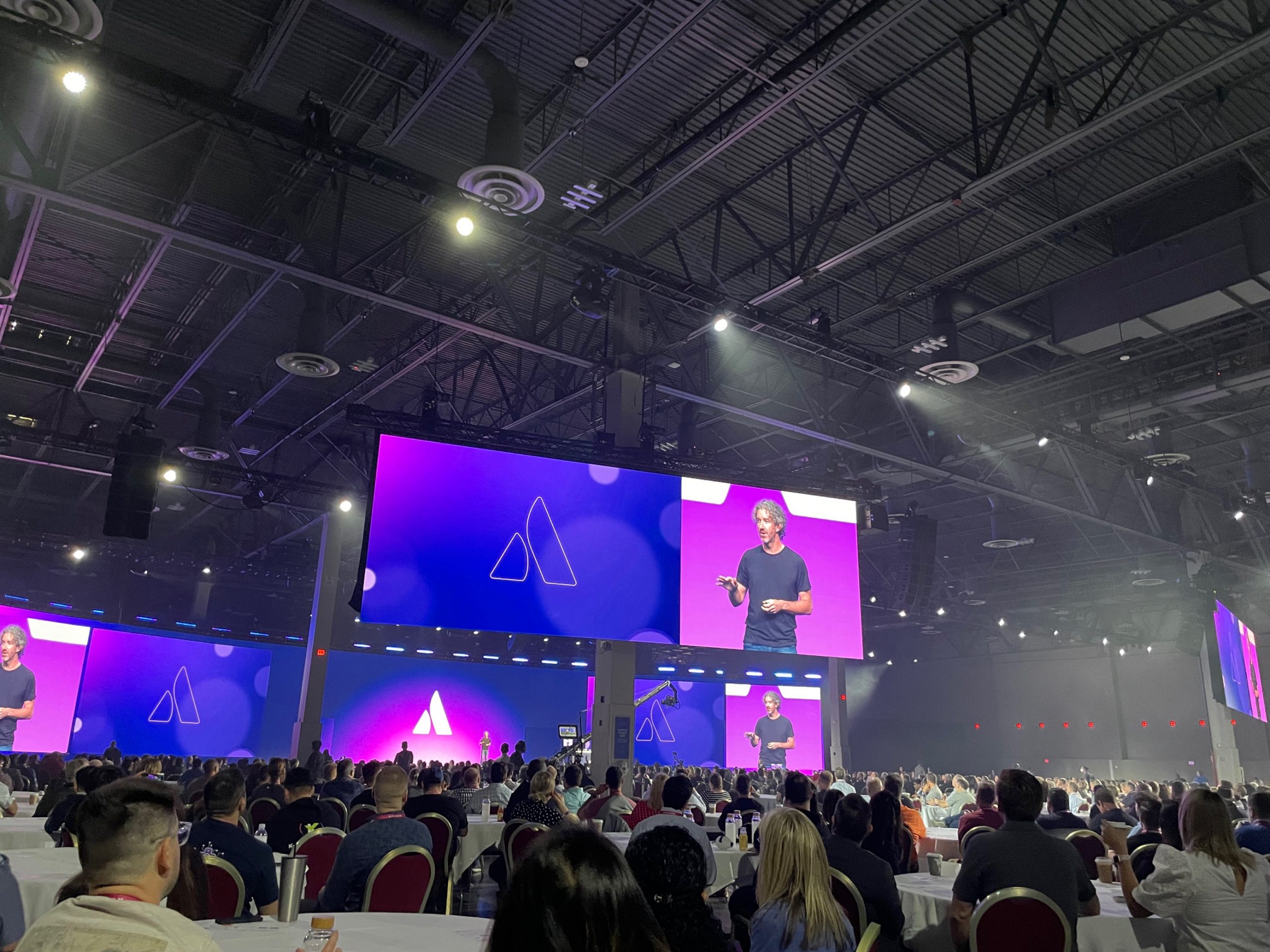A pop-up survey could appear while you're here--curious what it's for? Click here to learn more!
×Community resources
Community resources
Our Team '22 Highlights – Part One – Atlas, Compass & more
The way we work, meet and collaborate continues to evolve and this is particularly true about major calendar events, from music performances to industry-specific trade shows. This year’s ✨ Atlassian Team ’22 ✨ was one of the most anticipated items on the agenda, bursting onto the stage in Las Vegas, but also streamed digitally around the globe.
We were particularly excited to directly participate and meet so many of you face-to-face, while further cementing our commitment to lead the way to better business transformation worldwide. We hope you found the time to stop by and say hi 👋...

👩💻 Team ’22 essentials
Like any major conference or event, there is a lot to take in. So we would like to take a moment to share with you some of our hand-picked highlights that you may have missed at Team ’22.
🌟 Atlas
Right off the bat, the latest products to join the Atlassian family were revealed in the opening keynote with Atlas, described as “the first teamwork directory to connect the dots across teams, apps, and work”. Recognizing how our lives have changed throughout the pandemic and perhaps, permanently, “work” can now be considered to occur “wherever it happens”. This has led to dispersed teams, a multitude of apps, and information that is scattered and often difficult to find.
Atlas drives alignment by equipping teams with a common vocabulary to openly communicate and get a shared understanding of the context of their work. Not just within teams, but across teams.
Many of the key features present in Atlas directly resonated with us at Valiantys, where we are often called upon to guide our clients through the discovery and assessment phases. In doing so, we provide answers to some deceptively simple questions that can reveal so much about their work. This includes understanding the “what and the why?” (their purpose), but also how that work is being tracked, measured and acted upon. In other words – better communication and improved performance.

Atlas gives every project a homepage, providing instant context to anyone who needs to know, and deeper links for those who need to interact or go further into the details. It also provides a clear view of what success looks like, and that can be a crucial factor in terms of alignment and motivation for disparate teams.
Every project in Atlas can be connected to a goal, a key factor in providing teams with their purpose, by connecting their work to outcomes. This echoes our own philosophy at Valiantys when conducting complex Agile at Scale transformations for our clients. Atlas allows teams to do their work in the apps that let them thrive, such as Jira Software and third-party apps, but does so by providing a non-intrusive layer of smart links to live previews and updates. This results in stronger integrations and richer contextual experiences essential to the flow of work.
Asynchronous updates can vastly decrease the need for incessant meeting requests, while smart digests deliver personalized updates on the projects and goals you’ve chosen to follow. As Atlassian put it: “you’ll get all of the signal and none of the noise”.
💡 Less guessing when it comes to accountability
Cross-functional collaboration across departments is more common than ever. Through our consulting at Valiantys, we’ve seen the rise of new, self-managed teams which our Agile Practice often calls “teams of teams”. These are increasingly called upon to collaborate on projects across the organization. To move work forward, it’s important to understand not just who someone reports to, but also what teams they are part of, and what those teams are working on. The Atlas directory is not your typical top-down organization chart – it provides an accurate snapshot of individual profiles, where they fit into the organization, what teams they belong to, what projects they are currently working on, and where that work is happening. Context, as we have seen, is everything.
🧭 Compass
According to the Atlassian State of Developer Survey, 69% of developers say that the number of tools they use in their role is increasing, and 55% say the tools they use make their roles more complex. Indeed, at Valiantys we are no strangers to the world of modern software development. Our industry-wide experience has witnessed an increasingly complex and collaborative process involving a growing number of tools, processes, and responsibilities.
Taming this complexity is crucial for success. If it is not addressed, it prevents businesses from being agile and productive, slows or frustrates developers, and generally makes their work harder to achieve. It is with this premise, that Atlassian announced the arrival of Compass, hailed as “mission control for building software better”.
The backbone of the product is centered around:
- Components – a shared catalog that provides developers with a map of all the components they use to assemble their software and the teams that own and collaborate around them.
- Scorecards – a DevOps health tool – allowing developers to measure and evaluate their architecture based on baselines, security, or compliance requirements they need to meet.
- Apps – an extensibility engine allowing you to install apps and pull in information across a broad variety of developer SaaS tools, to align teams across all their work, and the flexibility to choose the best tool for the job.
Among the most interesting features of Compass is the ability to perform a nearly real-time audit (using scorecards displayed on components) to identify potential issues and what needs to be done to rectify these. Compare this with the usual bi-annual practice of auditing components to ensure they are secure and reliable.
The Components catalog itself also understands dependencies between components and their owners (teams), helping developers to find what they need faster, or reach out to the right person for help. Together with scorecards, organizations are able to set baselines around specific operational, security, and compliance requirements which can be viewed at any time. From an efficiency standpoint, this helps teams improve their architecture and minimize the impact of an incident, or the chance of it happening in the first place.
Compass continues to evolve but already offers a holistic view of software development components as they evolve over time, and the teams that build and collaborate around them.

💭 What were your key takeaway from Day 1?
Was this helpful?
Thanks!
Laura Holton _ACE Manchester_
About this author
Head of Field Marketing EMEA & APAC
Adaptavist
UK
245 accepted answers
2 comments